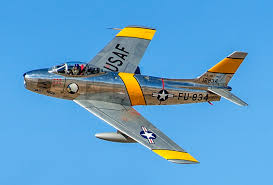The Future of Jets: Innovations Shaping Aviation

Introduction
The aviation industry is on the brink of a significant transformation as new innovations in jet technology emerge. With rising environmental concerns and advancements in engineering, the future of jets is becoming more relevant to both travelers and the industry. This article explores the latest trends, technologies, and anticipated changes in the world of jets.
Current Developments in Jet Technology
Recent reports highlight several advancements in jet technology, focusing on sustainability and efficiency. Major manufacturers like Boeing and Airbus are investing in new designs and materials that reduce fuel consumption and emissions. The introduction of sustainable aviation fuels (SAFs) is a key component in this effort, with many airlines committing to using SAFs in their operations by 2030.
In addition, electric and hybrid-electric propulsion systems are gaining traction. Companies like Ampaire and Zunum Aero are developing aircraft that minimize reliance on traditional jet fuel, potentially revolutionizing regional travel. These innovations could pave the way for quieter, greener jets that could operate in urban environments.
Impact of Technological Innovations
These technological advancements are not only pivotal for the environment but also influence passenger experience. Enhanced cabin designs focus on improved comfort and connectivity. Airlines are incorporating smart technology that allows for personalized experiences, from seat adjustments to in-flight entertainment tailored to individual preferences.
Furthermore, the implementation of advanced air traffic management systems is set to streamline operations, potentially shortening flight times and schedules. With data-driven approaches, airlines can optimize routes, further reducing their carbon footprints.
Conclusion
The future of jets is marked by innovation, with a strong emphasis on sustainability and passenger-centric experiences. As the industry continues to evolve, it is crucial for stakeholders—from manufacturers to airlines to passengers—to embrace these changes. The next decade promises exciting developments that could redefine air travel, making it not only more efficient but also more environmentally friendly. As we move forward, the importance of collaboration in aviation technology will be key in achieving these ambitious goals.









